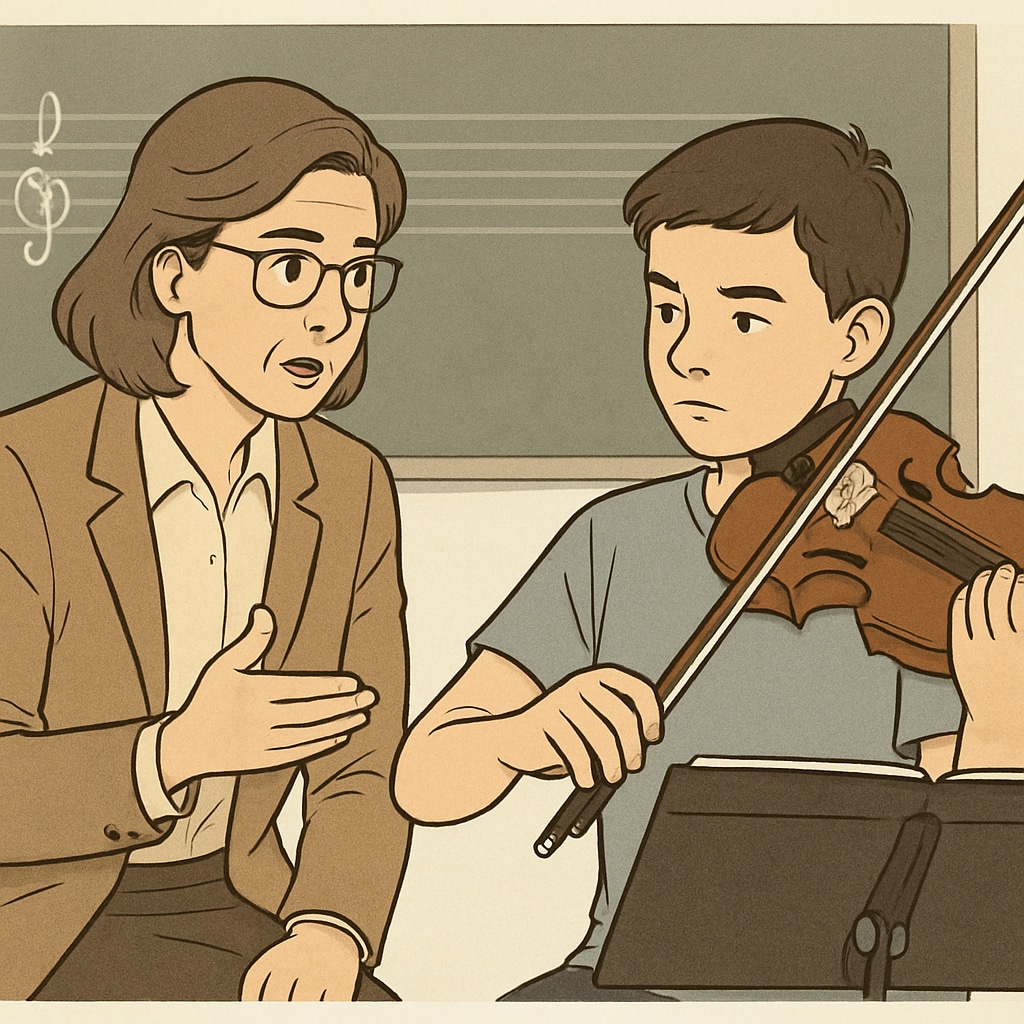In the film Whiplash, the relationship between a ruthless music instructor and his ambitious student serves as a gripping exploration of extreme education methods. The movie exposes the thin line between pushing someone to reach their full potential and causing irreparable harm. This article delves into the dynamics of extreme pressure in education and the balance between discipline and care. By analyzing both the benefits and costs of such methods, we seek to uncover an optimal approach to education that fosters achievement without breaking the spirit.
The Philosophy of Extreme Education: A Pathway to Greatness?
Extreme education methods are rooted in the belief that pushing students to their absolute limits can unlock extraordinary potential. In Whiplash, the instructor Terrence Fletcher embodies this approach, using fear, humiliation, and relentless criticism as tools to drive his student Andrew Neiman toward greatness. While Fletcher’s methods yield results—Andrew delivers a show-stopping performance—they also leave scars, both physical and emotional.
Advocates for such methods often point to historical examples of success under immense pressure, such as Olympic athletes or world-renowned musicians. The argument is that greatness requires sacrifice and discomfort. However, critics argue that this philosophy can lead to burnout, anxiety, and long-term psychological damage. The question remains: Is the price of greatness worth it?

The Double-Edged Sword: Benefits and Drawbacks
Extreme education methods, when applied judiciously, can yield impressive outcomes. For example, high-pressure environments often teach resilience, discipline, and the ability to perform under stress—skills valuable in both personal and professional life. Andrew’s transformation in Whiplash, from a promising drummer to a masterful performer, underscores this potential.
However, the drawbacks of such methods are equally significant. Constant criticism and lack of emotional support can erode self-esteem and lead to mental health issues. Studies have shown that environments characterized by extreme pressure often correlate with higher levels of anxiety and depression among students (Stress on Britannica). Moreover, the absence of genuine care can make achievements feel hollow, as they are driven by fear rather than passion.
It is crucial to evaluate the long-term impact of extreme education. While it may produce immediate results, the emotional toll on students can hinder their ability to sustain success and enjoy their accomplishments. A more holistic approach—balancing challenge with encouragement—may yield better outcomes.

Redefining Success: Balancing Pressure and Support
To create a more sustainable education model, it is essential to strike a balance between high expectations and emotional support. Educators can adopt the following strategies:
- Set realistic goals: Encourage students to aim high, but ensure the objectives are attainable to avoid undue stress.
- Provide constructive feedback: Focus on specific areas for improvement while acknowledging strengths.
- Foster intrinsic motivation: Help students find personal meaning in their work instead of relying solely on external rewards or fear.
- Prioritize mental well-being: Recognize the importance of mental health and create a supportive environment.
Examples from modern educational psychology highlight the effectiveness of combining discipline with care. For instance, the concept of the “authoritative teaching style” combines firm boundaries with warmth and support, creating an environment conducive to both achievement and emotional well-being.
Conclusion: A Harmonious Approach to Education
The film Whiplash provides a compelling lens through which to examine extreme education methods. It highlights both their potential to drive exceptional achievement and their capacity to cause significant harm. As educators, parents, and students, we must question the long-term effects of such approaches and seek a middle ground. By balancing high expectations with empathy and care, we can foster environments where students not only achieve greatness but also thrive emotionally.
Ultimately, the goal of education should not be to create perfection at any cost but to nurture individuals who are both accomplished and resilient. This balanced approach ensures that achievement is not overshadowed by damage, allowing students to truly flourish.
Readability guidance: Short paragraphs and lists summarize key points effectively. Transition words ensure smooth reading, while long sentences and passive voice are minimized for clarity.


